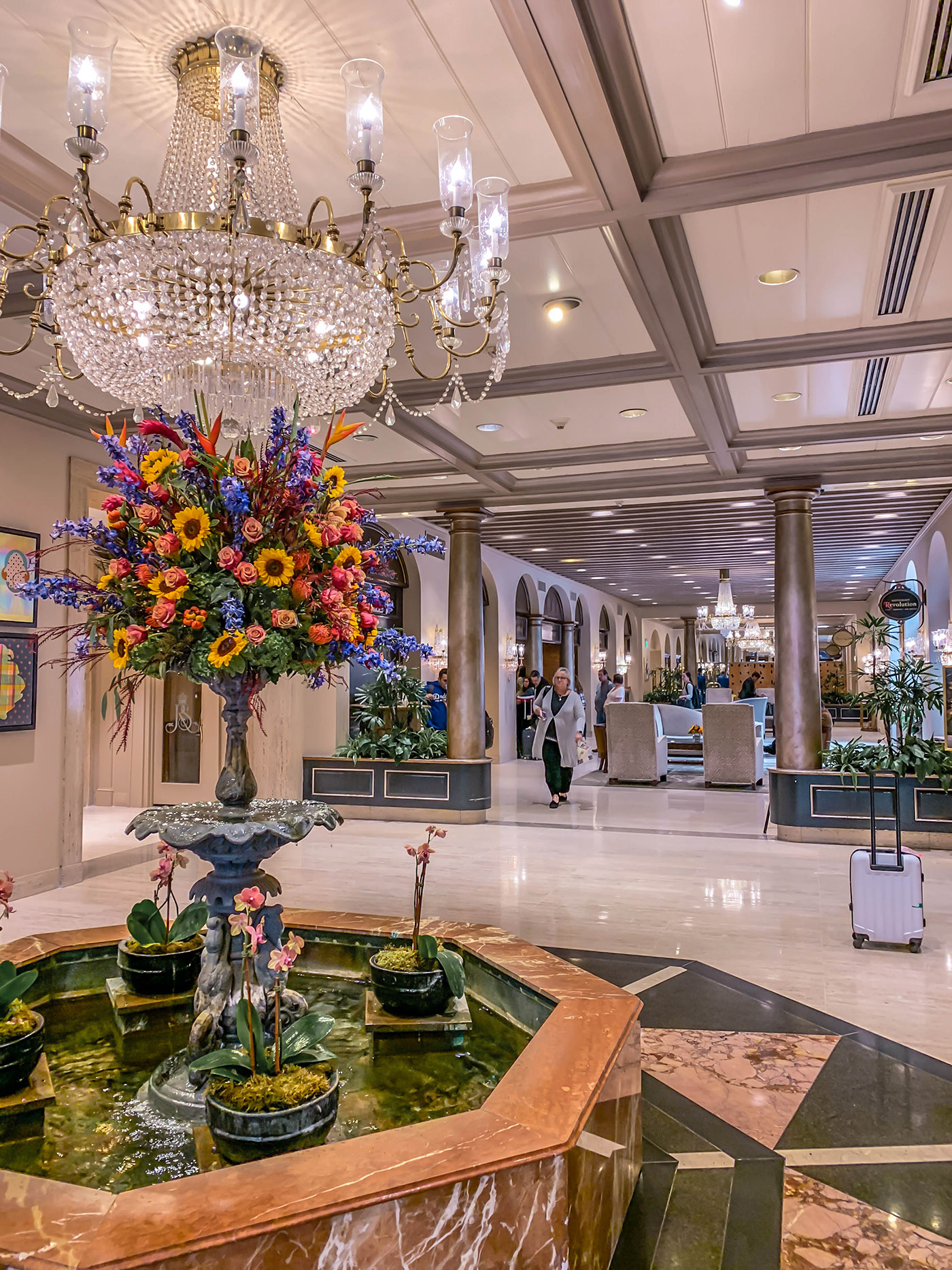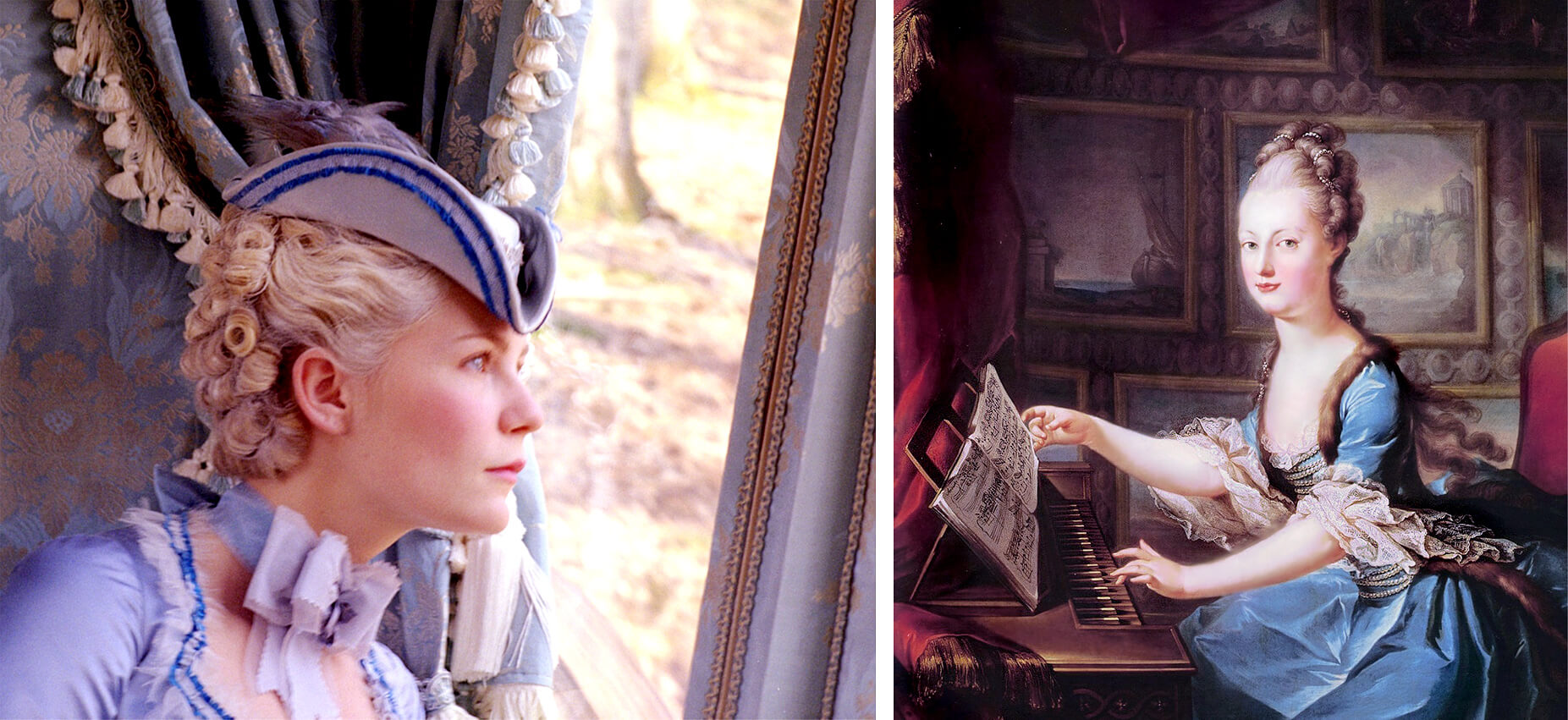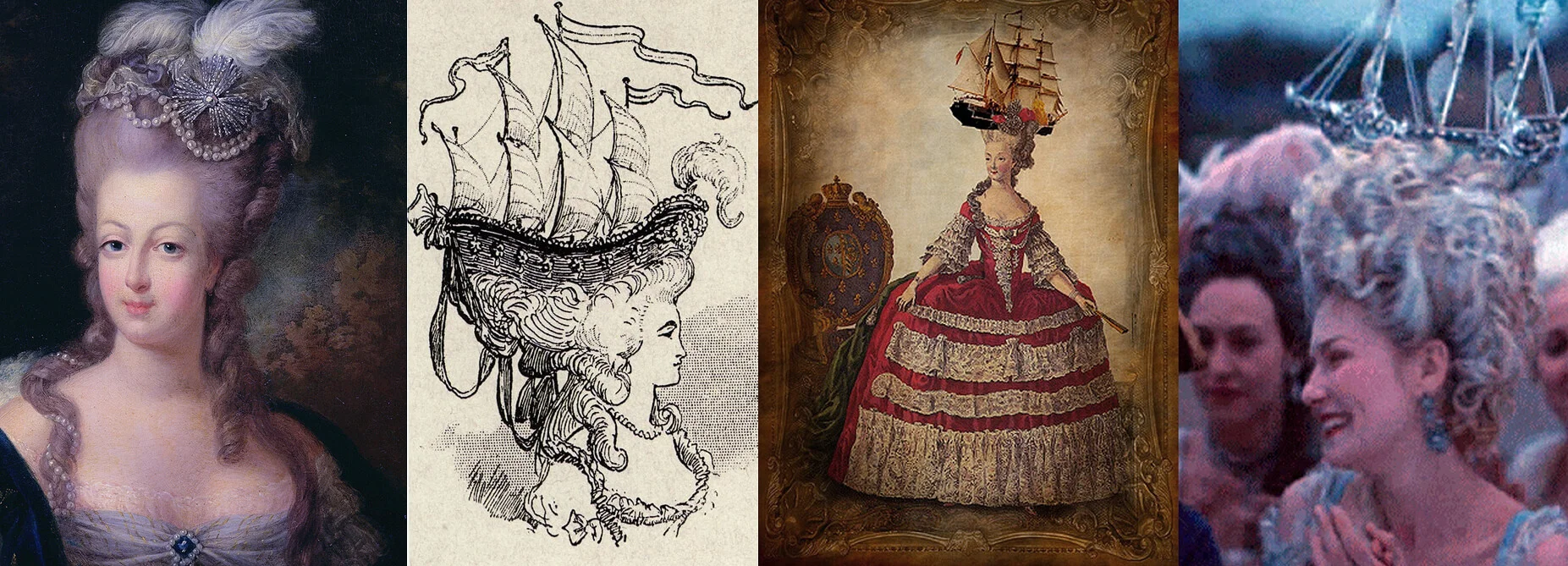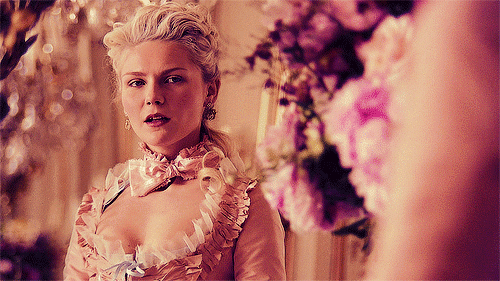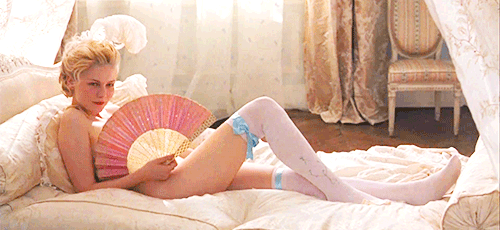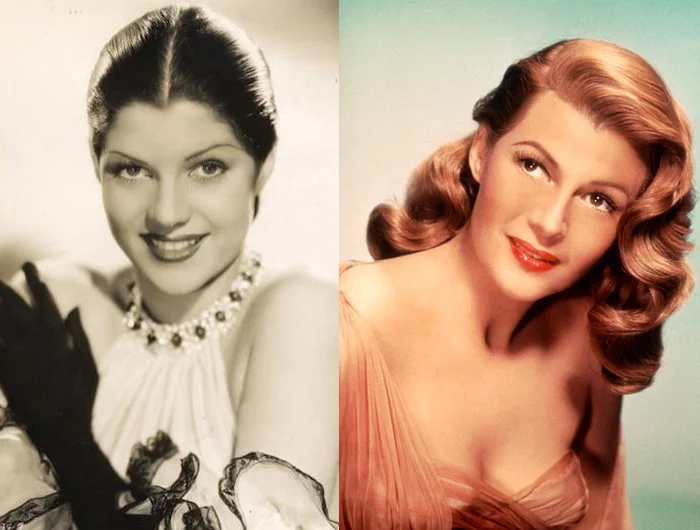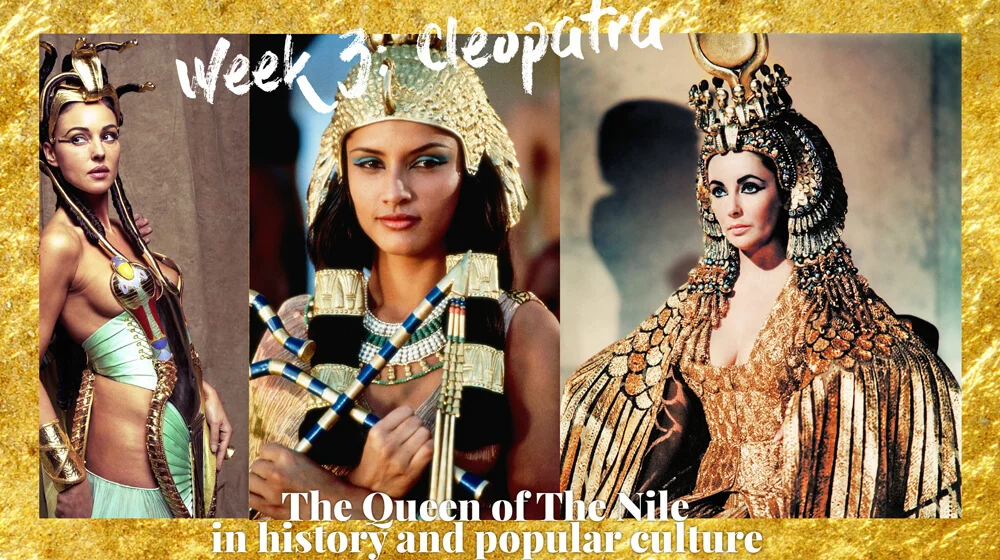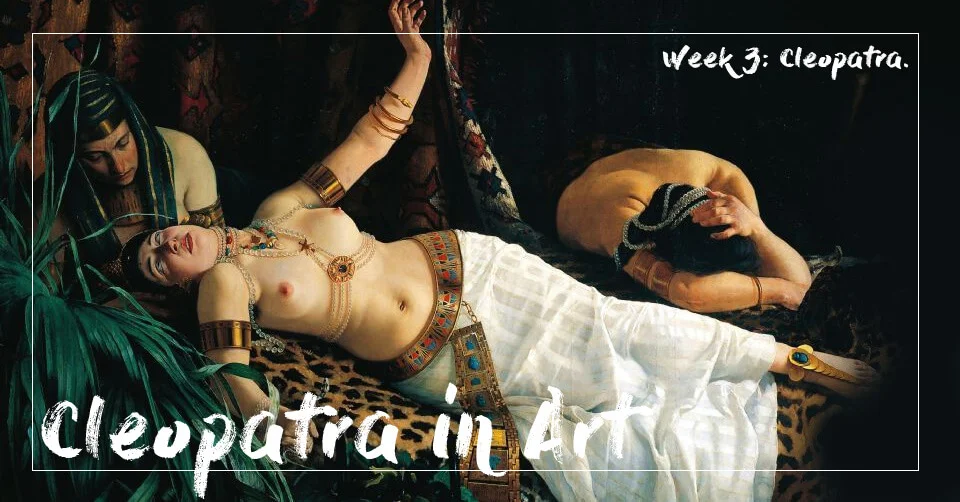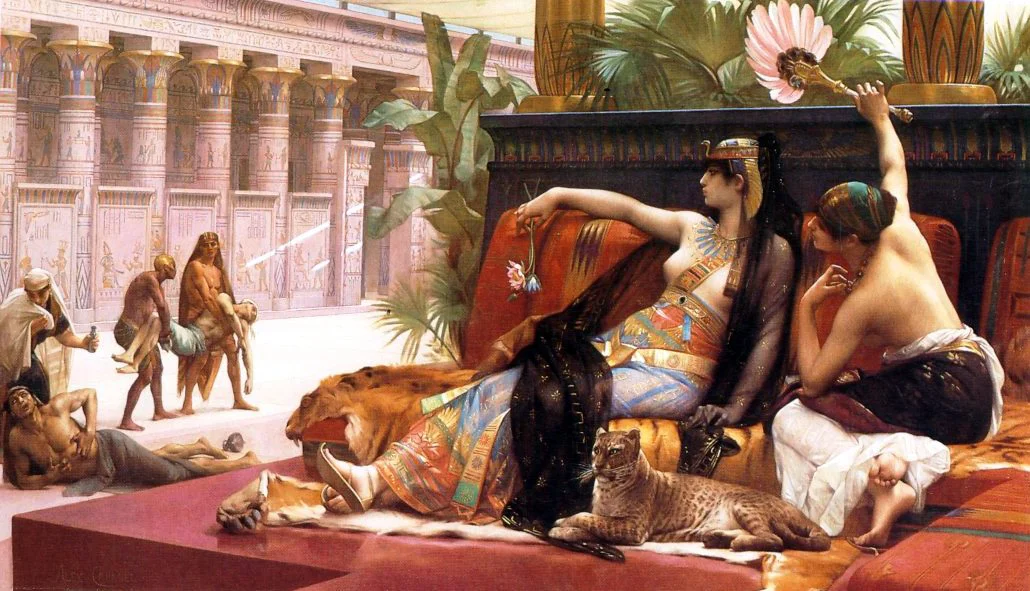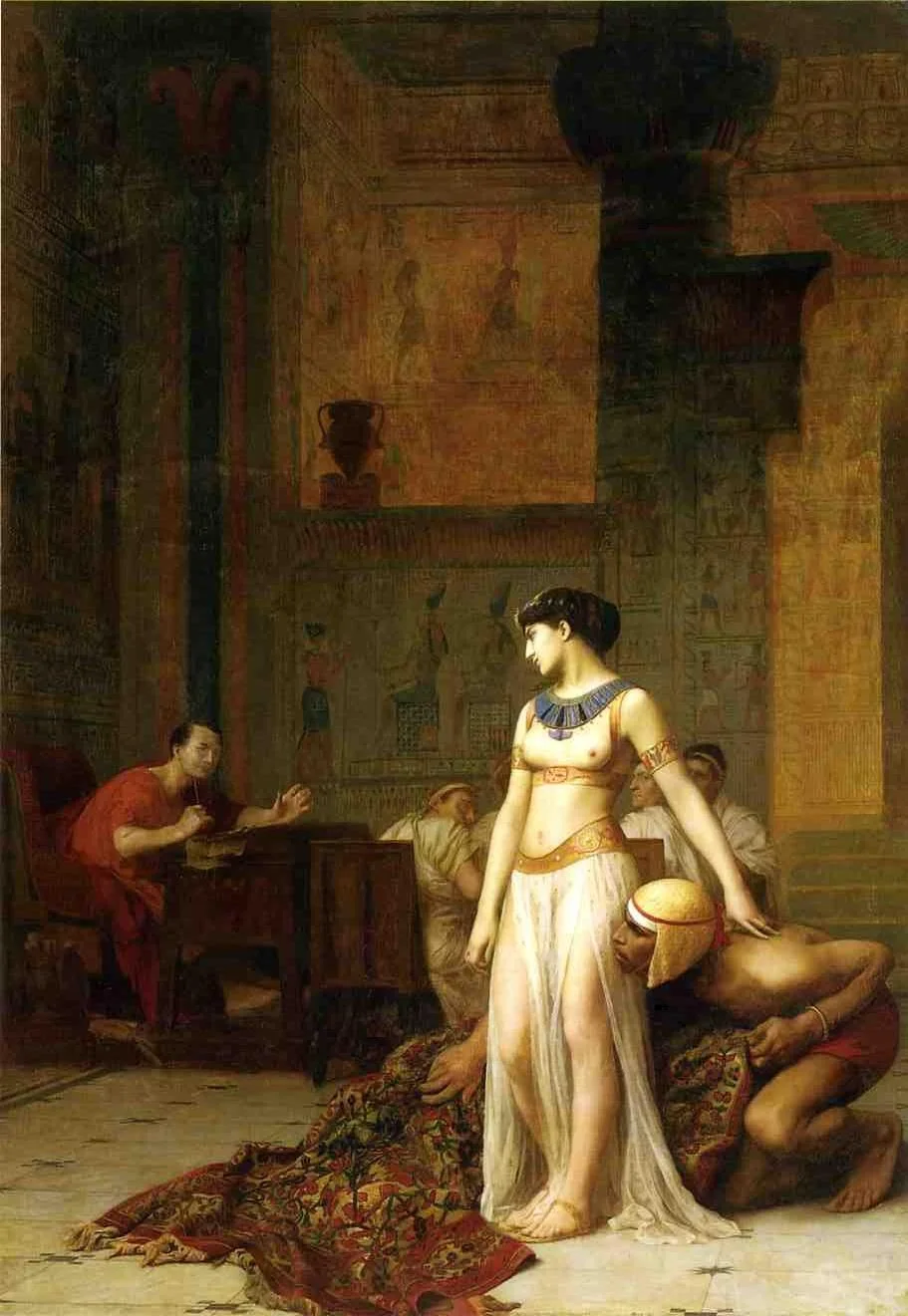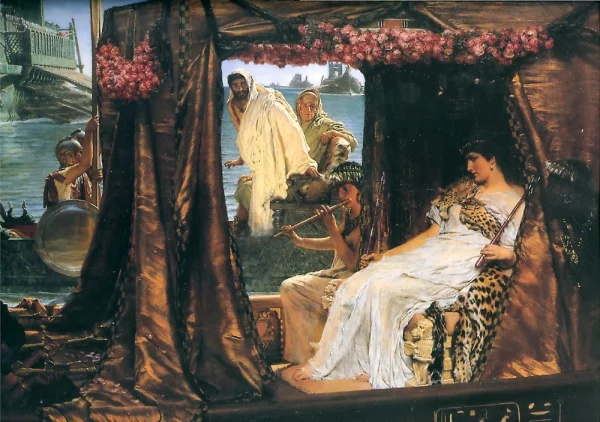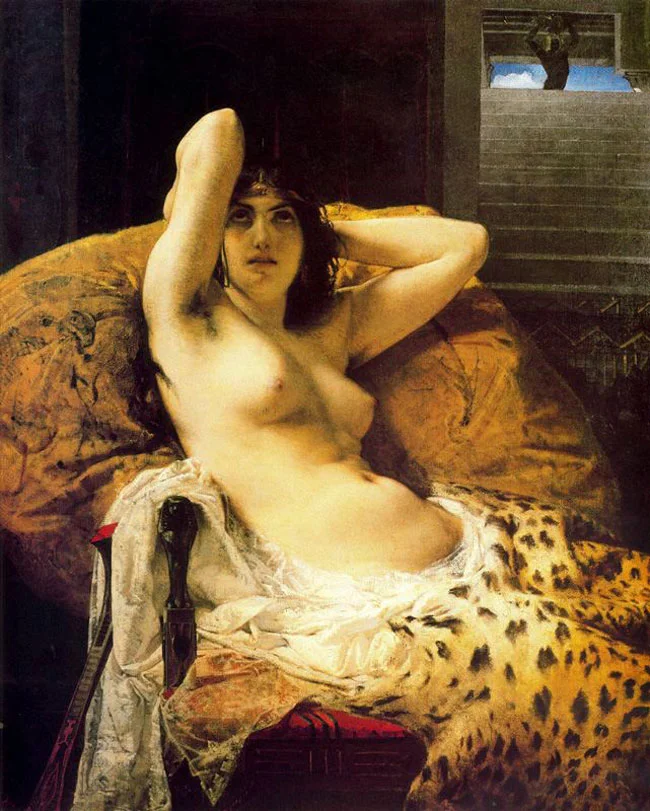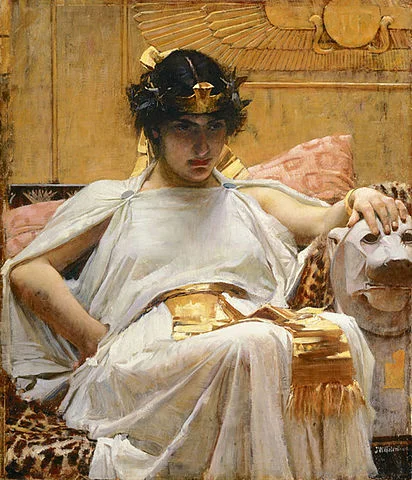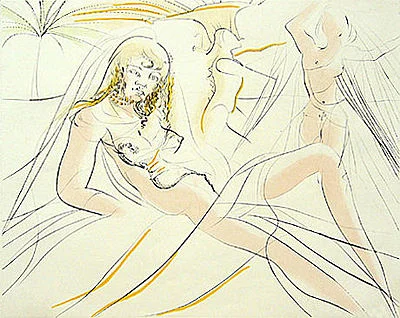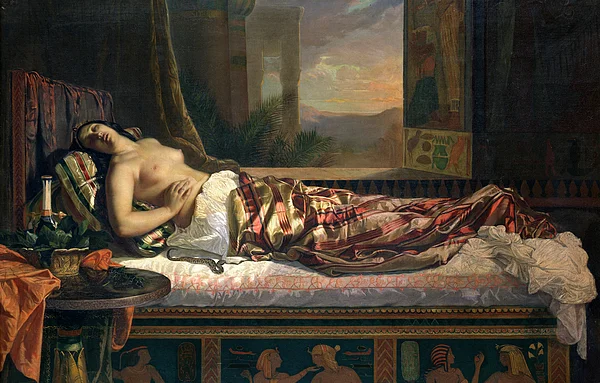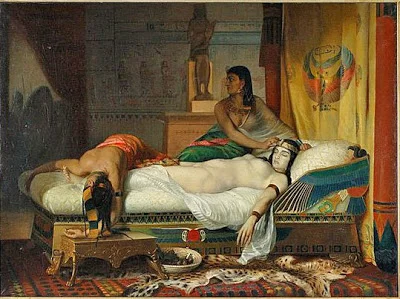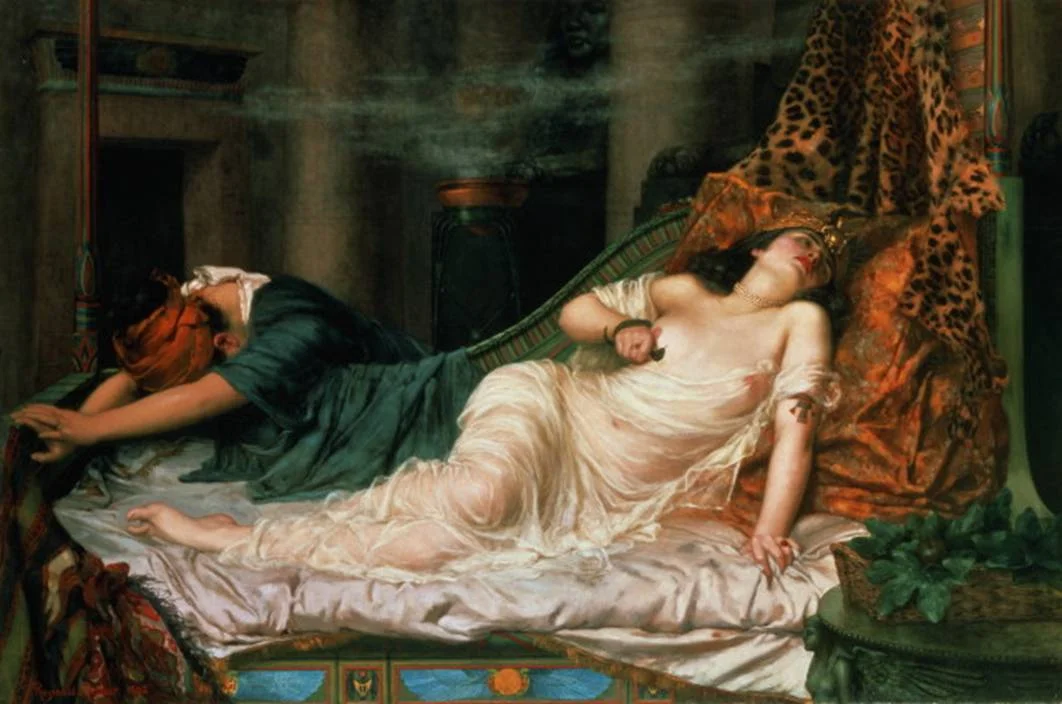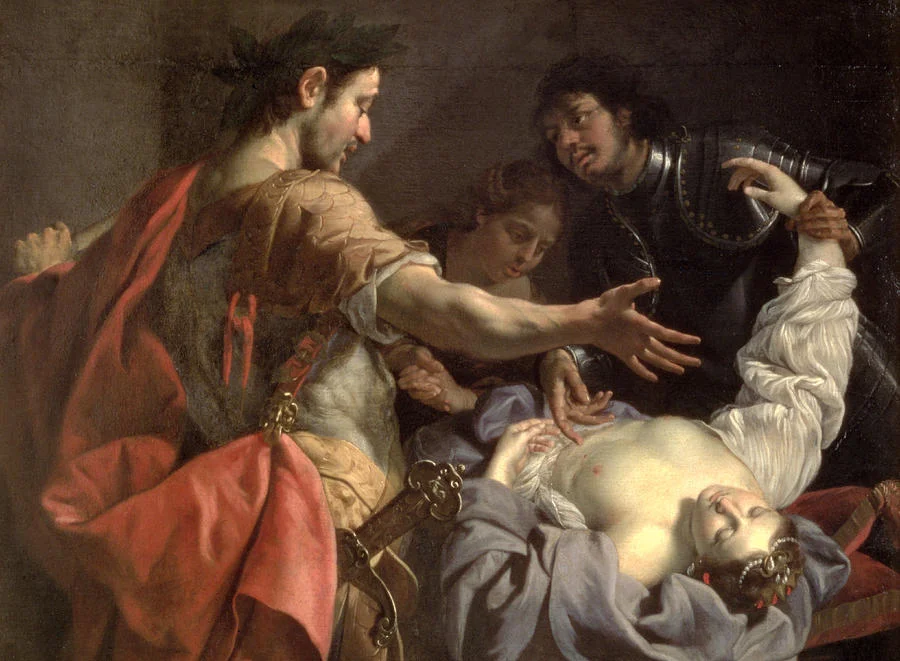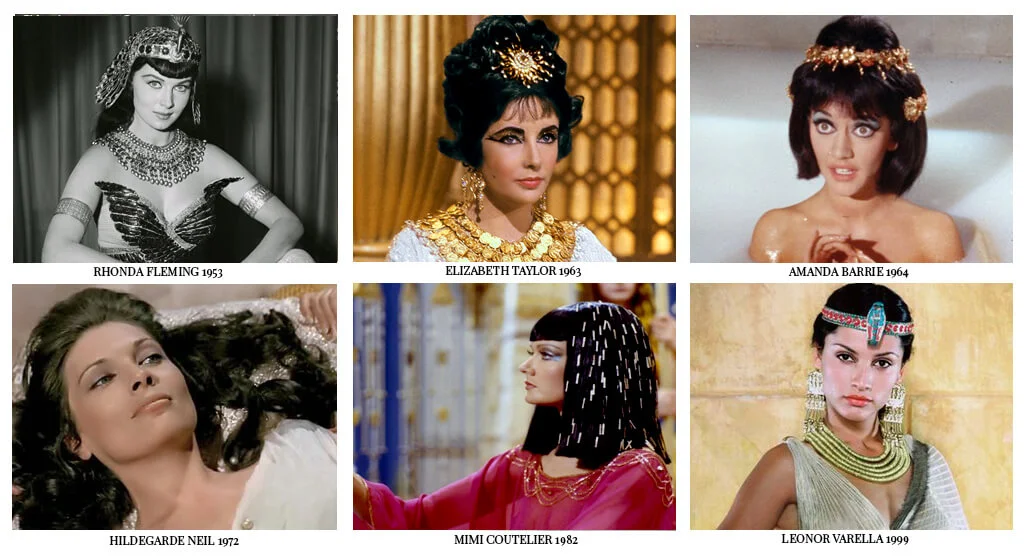One of the places that has been on my bucket list long before I moved to the USA was a charming, mysterious city of New Orleans. For some reason I kept putting away a trip to probably one of the most cinematic cities in the world, waiting for some serendipitous moment to arise. This October, unexpectedly, I was invited for a journey to the city of my fantasy-novels-inspired dreams, exactly on the city’s 300th anniversary.
After confirming my flight, I, in a dream-like haze, was saving all the information about haunted mansions, quaint bookstores, houses of famous writers and all the Instagram-worthy locations in Nola. But then I realized I have no idea where we should lodge!
I undoubtedly dreamed to stay in a famous, and, by the way, ridiculously gorgeous French Quarter, but I wanted to steer clear of any loud hotels, filled with people who came to only party on a fun Bourbon street. Some AirBnb properties looked lovely, but when I saw some photos and read about Royal Sonesta New Orleans, I was intrigued.
For me New Orleans is an enclave of a dark and beautiful history, rich with layers of French and Spanish Creole culture and architecture; a magical place where time doesn’t exist and you loose yourself in a time travel fantasy, while listening to the best jazz music you ever heard.
The hotel Royal Sonesta was a perfect choice for such a nostalgic soul like me, and it let me immerse myself into that classy, elegant, yet seductive and mysterious New Orleans dream I imagined for many years.
The grand lobby of the Royal Sonesta hotel looks like a movie set: a big old style wooden hotel reception with keys and neat envelops, hotel porters in sleek royal blue uniforms, vintage and antique items beautifully placed here and there, exquisite chandeliers and candelabras, water fountains, huge flower bouquets lushly blooming and filling the room with their sweet aroma and a soft jazz music playing on the background teasing the guests with the promise of one-of-the-kind stay.
The moment we stepped into the Royal Sonesta, I knew this is my kind of place as it reminded me of small chateaux in France, “The Grand Budapest Hotel” film and some lavish vampire pre-ball (of course! We are in NOLA after all!) setting at the same time.
There are almost 500 newly renovated beautifully decorated guest rooms and luxury suites, and the room we had was so cozy and charming that we loved going back to it and taking breaks between venturing out for long walks with a stop for delicious beignets and coffee at the world famous Cafe du Monde, and getting back out to the most wildly intoxicating and mysterious night air of New Orleans. Conveniently, the hotel Royal Sonesta is located right in the heart of the French Quarter!
The service at the hotel, by the way, was absolutely impeccable and I was able to learn about famous Southern hospitality firsthand. Once, for example, I asked for a steamer, and it was delivered pretty quickly, so I was able to steam my dresses for the city strolls.
The breakfast and even lunch were included with the Sonesta Travel Pass (it is a loyalty program I recommend you to join as it has a lot of great perks! Learn more here), and even though I am usually pretty picky with hotel breakfasts, I was really happy with the variety and also some of the unique breakfast options Royal Sonesta offered their guests. I got to try grits for the first time in my life, and loved substituting my usual oatmeal with it. Another really sweet, in every sense, detail is that there was a full candy bar with Halloween chocolates, caramels, cookies and gummy worms, along with fruits and tea/coffee available from early morning to late night at the breakfast lounge. I might or might not sneaked some chocolates every night before going to bed to watch “Poldark” (not the most New Orleans inspired show, but I love period dramas, and I finished watching the most New Orleans’ show ever, “The Originals”, months ago!).
The hotel by the way, despite being located in the heart of the French Quarter, felt like a luxury quiet oasis from a bygone era.
The sounds of a bursting with life, Bourbon street, somehow do not travel through the walls of Royal Sonesta. The lush courtyard with a fountain and quaint little tables are welcoming to have a calm little moment with a book or your own thoughts. The pool area of Royal Sonesta is also absolutely beautiful and a great place to relax and enjoy the sunny weather of Louisiana’s most exciting city!
There are so many great little things and charming little details about Royal Sonesta, but I think it is important to note that the hotel is also home to some of the best dining and entertainment venues, making it even more unique! The Jazz Playhouse is arguably the best jazz club in the city, offering incredible live jazz music every evening right in the lobby level of Royal Sonesta.
Desire Oyster Bar is another dining venue inside the hotel and it was so good that we went there twice for fresh chargrilled oysters, amazing creole food, like jambalaya and gumbo, and a wide variety of fresh seafood.
There is also a Restaurant and a bar R’evolution, Le Booze and PJ’s Coffee Café inside the Royal Sonesta Hotel, which we haven’t had a chance to experience. I heard from other guests that R’evolution serves some of the most interesting Cajun and Creole dishes and original cocktails, so I am looking forward to visit it next time in New Orleans (and I hope to be back for many many times in the years to come!).
This New Orleans trip was special for many reasons, and the Crescent City absolutely stole my heart like no city has ever done before (except maybe London back in 1999 when I visited it for the first time and made a wish to move there one day, which happened years after, but that is another story). I believe that accommodation is so incredibly important and should reflect the mood and aesthetic of your dream trip, and Royal Sonesta with its impeccable service, gorgeous classy 1930s-style-luxury-hotel decor and many charming spots, like a jazz filled ballroom, a courtyard with a pleasant babbling fountain and a decadent dining areas deserves all the stars I can give to it!



